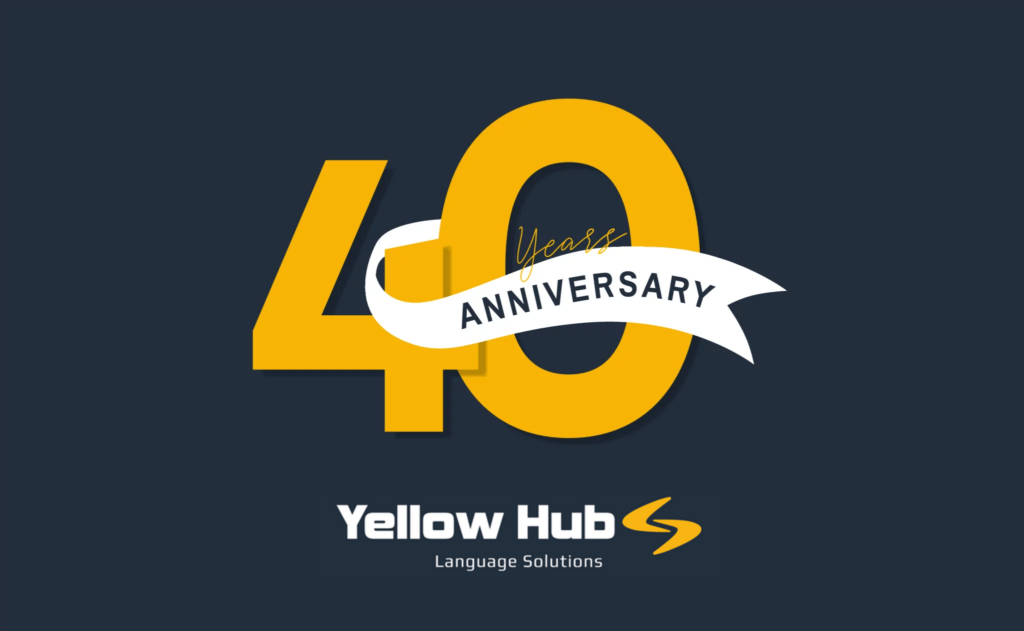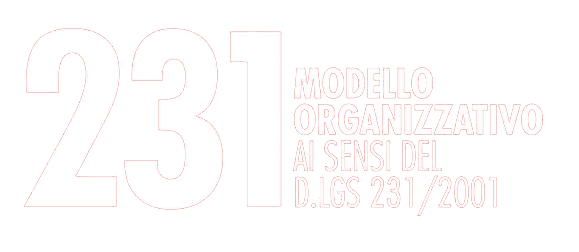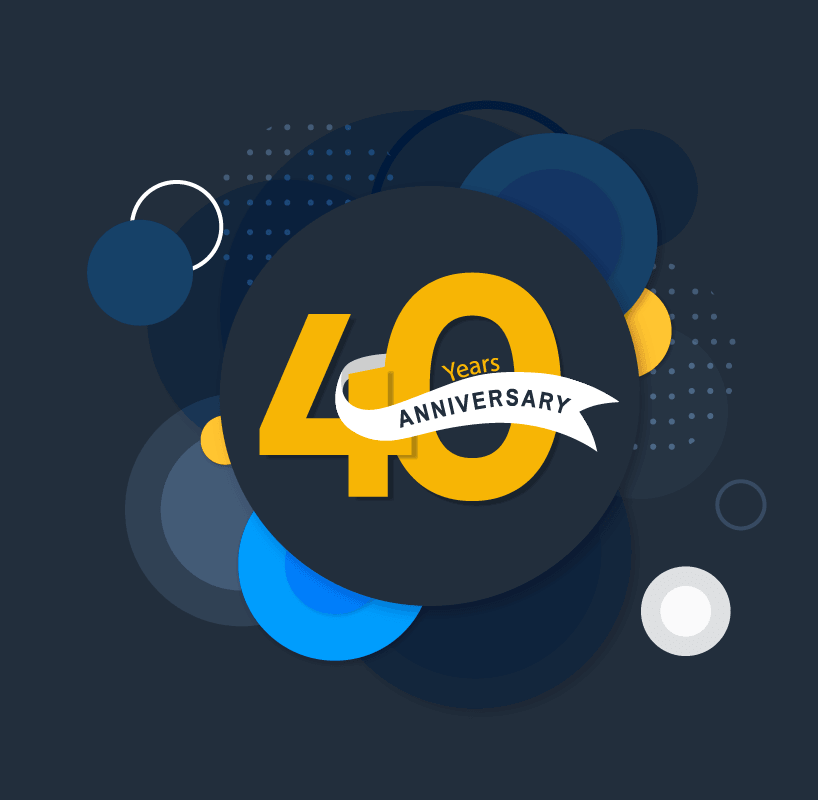As global businesses aim to equip their diverse workforces with specialized knowledge, the challenge for e-learning managers is to ensure that training materials are not only accessible but also culturally and linguistically aligned across different geographies.
One of the pivotal technologies enabling this global education delivery is SCORM (Sharable Content Object Reference (Model), which integrates seamlessly with various Learning Management Systems (LMS).
Understanding SCORM and its benefits
SCORM sets out technical standards that dictate how e-learning content interacts with LMSs, ensuring that materials created in one system can be widely used across others without compatibility issues. This standard is analogous to how DVDs are universally playable across different players, simplifying the distribution of educational content on a global scale.
For global enterprises, the implications of SCORM are significant. Whether you need to track a learner’s progress, ensure course completion, or evaluate knowledge through scores, SCORM equips you to manage these needs efficiently across different LMS platforms.
Popular LMS and course authoring tools that incorporate SCORM include Moodle, Blackboard Learn, Canvas, Adobe Captivate Prime, and Totara Learn, as well as course creation tools like Adobe Captivate, Articulate Storyline, and Lectora Inspire.
Localizing SCORM content for global audiences
The capability to localize learning content is one of SCORM’s most valuable features, allowing for the creation of multiple language-specific versions of courses. Localization extends beyond mere translation. It includes adapting graphics, layout, and interactive elements to resonate with different cultural norms and learning preferences.
Tale adattamento va oltre la semplice traduzione, in quanto include la personalizzazione della grafica, del layout e degli elementi interattivi circostanti per rispondere alle diverse sfumature culturali e alle preferenze di apprendimento in una determinata area geografica.
Key localization strategies:
Tool and format selection: Choose XML-based formats like HTML5 or XHTML that separate content from design, facilitating easier translation and adaptation. Tools should support standards such as XLIFF or TMX, which help manage the translation process effectively.
Understanding the localization process: Effective localization involves more than translation. Adjust the design, layout, and functionality of e-learning materials to meet the specific needs and expectations of various audiences. This might involve modifying visual elements, interaction logic, or even the instructional design to align with local learning styles.
Metadata for localization: Utilize metadata effectively to tag and categorize localized content, enhancing discoverability and relevance across different languages and regions.
Language and cultural adaptation: Employ clear, straightforward language and avoid region-specific idioms. Ensure that content is culturally appropriate and accessible, employing localization-friendly fonts and responsive design to support diverse devices and orientations.
Testing and debugging: Before rollout, comprehensively test the localized SCORM content to address linguistic, functional, technical, and cultural aspects. Utilize tools like the ADL SCORM Conformance Test Suite to ensure standards compliance and to troubleshoot any issues.
How Yellow Hub facilitates e-Learning localization
At Yellow Hub, we not only translate your e-learning content but also adapt and test it comprehensively to ensure it meets the highest standards of learner engagement and technical compliance. Our process involves detailed analysis and adaptation by skilled translators, proofreaders, and technical experts, ensuring that your global workforce receives training that is effective, engaging, and culturally relevant.
By harnessing the power of SCORM and our expertise in localization, we help your e-learning initiatives succeed on a global scale, ensuring that your production and sales teams are well-equipped with the knowledge they need, in the format and language that best suits them. This holistic approach not only enhances learning outcomes but also supports your global operations seamlessly.


